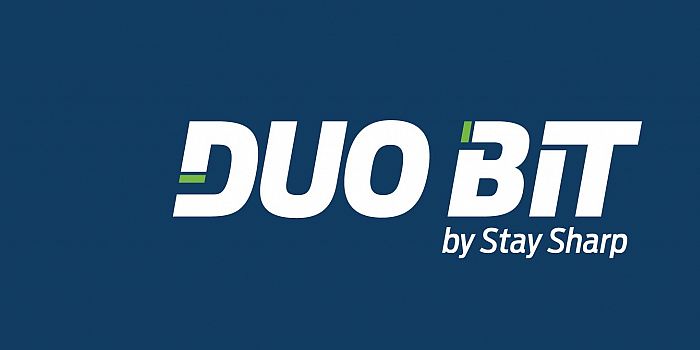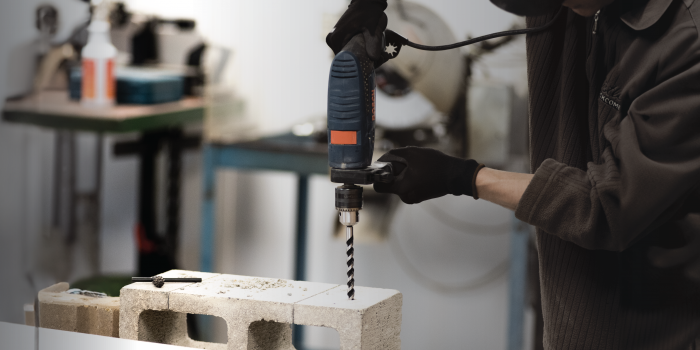How Can I Sharpen My Carbide Saw Blade?
2020/08/28
Signs your blade needs sharpening:
If treated properly modern carbide blades will provide you with a long life of clean, chip-free, precision cutting. However, at some point in time, every blade will become damaged or dull and need to be replaced. Here are some of the most common indicators that a blade needs replacing.
1. The blade starts chipping or splintering your work
2. You can smell wood burning, see smoke while cutting and see burn marks on the cut edge
3. The saw seems to be cutting slower and sticks in the cut
4. The blade will not produce a clean, straight cut
5. You notice chipped or missing teeth
6. Your blade has a heavy buildup of pitch or other material on the blade and around the teeth
7. The blade wobbles and will not cut straight, indicating it is warped.
The key to maintaining clean, professional cuts and protecting your equipment is knowing when your blade needs to be replaced.
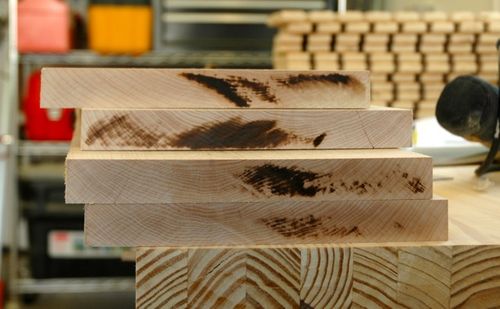
Should I Replace or Resharpen My Blade?
A good quality carbide blade can be sharpened 3-4 times before some or all the teeth need to be replaced and sharpening is a fraction of the cost of purchasing a new blade. As long as your blade is not warped or severely damaged, the correct answer is yes, the blade should be sharpened. However, this is not a do-it-yourself project; carbide blades can only be properly sharpened by professionals, with the equipment and expertise to do the job properly. Improper sharpening will not only change the cutting characteristics of your blade but could destroy it completely. Carbide teeth are so hard, they can only be sharpened using an exceptionally fine grit diamond wheel. Contrary to some information found online, a diamond blade used for cutting ceramic tile is way too coarse for this purpose and will ruin the carbide tip.
The biggest challenge to restoring a blade to its original factory specifications is the grinding or sharpening process. For optimal performance carbide teeth need to be sharpened on all four sides. Each tooth should be ground on the top, face and sides and each tooth has multiple angles that must match and be ground precisely the same. If even one or two teeth are off by as little as 1/1,000“ the blade with not cut properly, if at all. Imagine if two teeth on a 60-tooth blade are slightly larger than the rest, your fine 60 tooth finishing blade has become a very rough-cutting 2 tooth ripper.
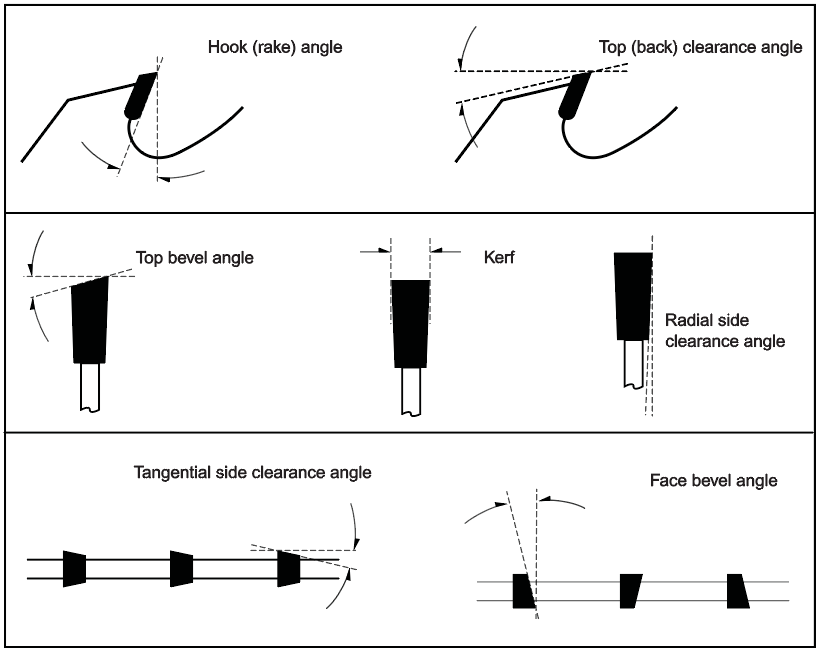
The other challenge with merely sharpening the teeth is that your blade has not been cleaned and more importantly checked for flatness. A sharp blade with rust or pitch buildup will not provide optimum performance. It will leave marks on your material, build up heat on the blade and ultimately cause unnecessary wear on equipment. Heat buildup causes warping and if a blade is not checked for flatness all you have is a sharp, warped blade that will not cut straight or clean.
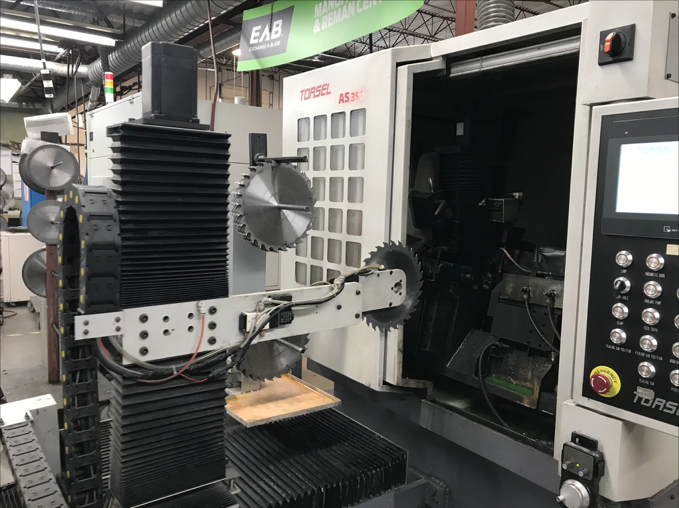
How To Get A New Blade Every Time:
For the past 45 years, Exchange-A-Blade has been producing a wide range of Professional and Industrial quality power tool accessories, with saw blades being the most popular category. When you purchase one of our blades you are guaranteed that you will always be able to exchange it for a completely new blade, which has been remanufactured to the precise specifications of the original.
Each blade goes through a ten-step manufacturing process which is constantly inspected and quality controlled. After being cleaned and buffed, blades are tested for flatness and any chipped or missing teeth are replaced. All blades go through a complete sharpening process, on robotic, computer-controlled sharpening machines. They are sharpened on the face, top and sides and the carbide tips are honed to a mirror-like finish with 400, 650 and 1,000 grit diamond wheels. This means your blade has the best cutting edge, to provide you with optimal performance and long life. Blades are again polished, and rust proofed, before final inspection, laser identification and labelling.
Our remanufacturing process is so sophisticated that it is impossible to tell the difference between one of our brand-new blades and one which has gone through our state-of-the-art remanufacturing process.
As with any Exchange-A-Blade product, you Buy It, Use It, and Exchange It. It doesn’t matter how dull it is or if it has chipped or missing teeth, there is never an extra charge. You will always get the same exchange credit towards the purchase of your new blade. While a carbide blade can only be sharpened 3-4 times before it needs to be replaced, an Exchange-A-Blade blade can be exchanged forever.
Saving Money, Saving Resources, and Saving the Environment:
We are often asked why we have invested so much into our manufacturing and exchange process when it would be so much easier to simply sell it and forget it. For the past 45 years, our Company culture has been one of providing our customers with the best possible products which save them money, save resources and help preserve the environment.
At EAB Tool, every product we sell has an end of life plan. Each blade that is exchanged is carefully inspected and the best are put through our ten-step manufacturing process and returned to new.
Blades that do not meet our strict remanufacturing standards are recycled back into basic steel. Each year EAB Tool recycles over 65 tons of steel which is kept out of our landfills and reduces the resources and energy required to produce new steel.
With Exchange-A-Blade products you are guaranteed the best quality blades, environmentally responsible products and continuous savings with our green exchange system. Find the right blade for your next job.
Learn more about selecting the right blade for you and your job.
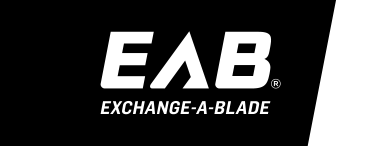



.jpg)
